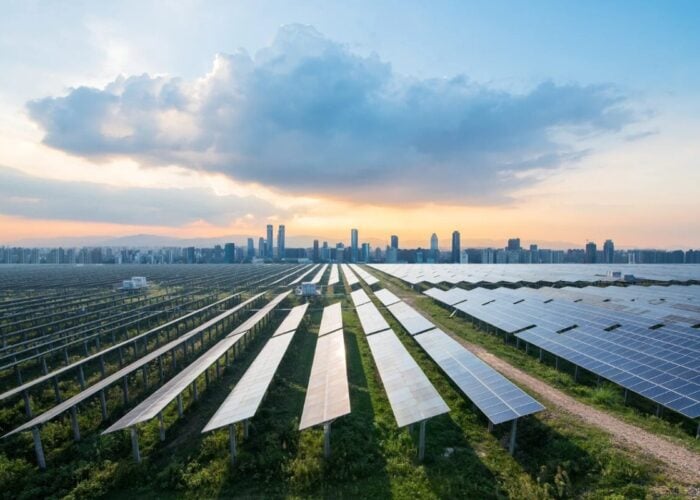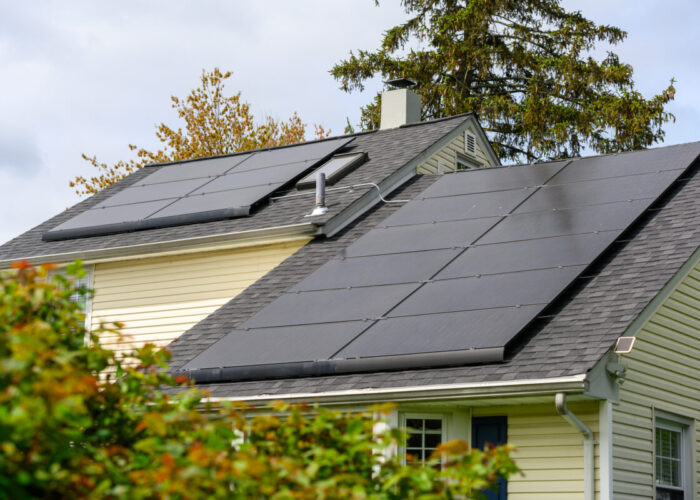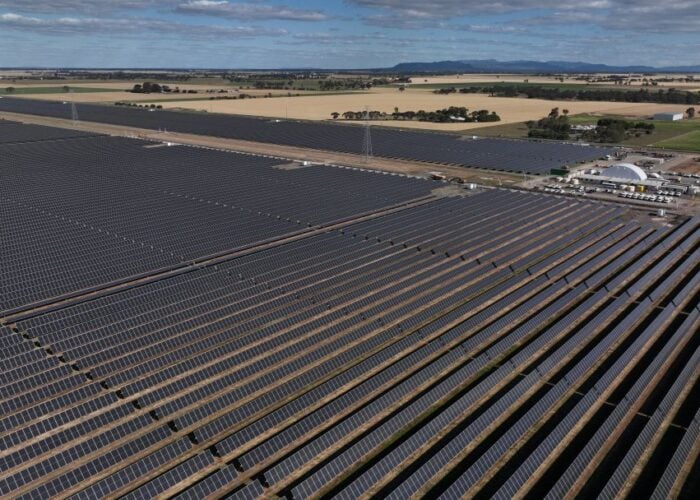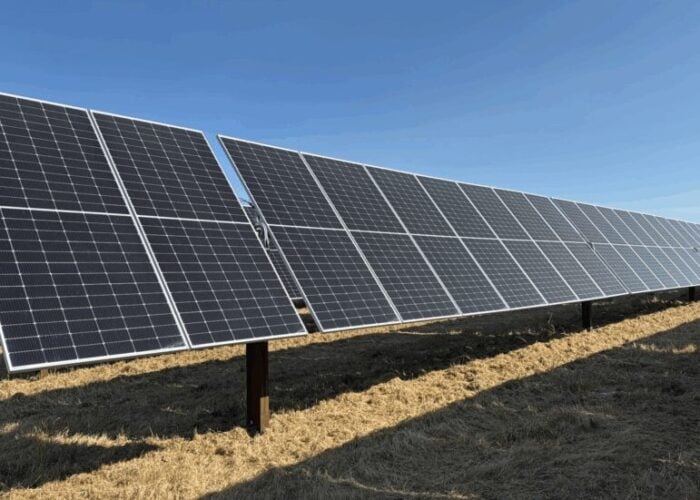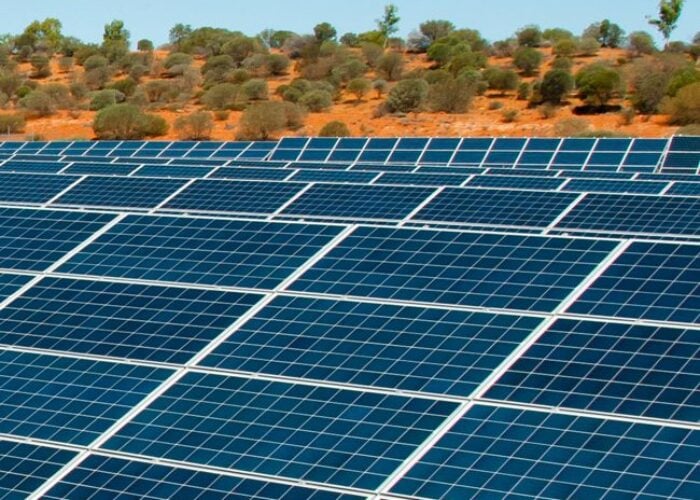Recent research into the feed-in tariff system in Victoria, Australia has found that the once criticized net scheme is actually proving to be financially beneficial according to Energy Matters.
The feed-in tariff legislation only requires Victoria’s electricity companies to pay the AUS$0.60/kWh (€0.34/kWh) for excess electricity produced. This payment is issued as a credit on the user’s electricity bill, however this credit only has a lifetime of 12 months. When this is considered next to the generous gross feed-in tariff schemes in the ACT and more recently NSW, this is weak in comparison.
However, Max Sylvester, from Australia’s solar solutions provider Energy Matters says that recently, this scheme has proved to be more attractive than it first appeared. “The time limited credit simply doesn’t stimulate solar uptake; but some Victorian electricity companies are now offering customers who install residential solar power systems a cash payment instead. Additionally, some are paying a higher rate than the mandated 60 cents – we know of a retailer offering AUS$0.68/kWh for solar power generated electricity exported to the mains grid.”
Sylvester continues to say that he was disappointed when the Victoria tariff was introduced, but now, given the new trend from Victoria electricity retailers, “some would say where the Victorian Government have failed, competition between businesses has succeeded. While we will continue to lobby for a national, uniform gross feed in tariff, the cash instead of credit trend in Victoria will certainly make home solar power a far more attractive proposition.”
At present there is no official list of the various rates these electricity companies are offering. The rates seem to change on a regular basis, as the competition gets more aggressive. However, Victoria’s page in PV-Tech’s Tariff Watch section displays all of the energy provider’s rates as of 9 December 2009 and will be updated on a regular basis.
Try Premium for just $1
- Full premium access for the first month at only $1
- Converts to an annual rate after 30 days unless cancelled
- Cancel anytime during the trial period
Premium Benefits
- Expert industry analysis and interviews
- Digital access to PV Tech Power journal
- Exclusive event discounts


